
Developer: Paranoid Productions
Publisher: Fellow Traveller
Platforms: PC, Mac, PS4, Xbox One, Switch
Tested on: PC
The Church in the Darkness – Review
A cult of angry ”ex-Americans” who decided to live on their own turf and a family member who wants to find their missing relative who joined this cult. All with all a fine premise to start a game, which is exactly what The Church in the Darkness is based on. So join us as we explore what this game has to offer, in the depths of a South-American jungle.
Story
In The Church in the Darkness, the story is a big part of the game. Desperate to find your nephew Alex, you start infiltrating a camp of a certain cult that erected ”Freedom Town”. Freedom Town is where Alex has been known to be according to your last information, and it’s a place where people live a simple life with certain ideological ideas under the firm guidance of their leaders. You play as a ”randomly generated” character with a few choices to make, whose task it is to not be seen and discover what the heck is going on.
The game has an interesting concept and way of handling the story. Depending on your actions, the story can change and develop in new chapters. As an example, the place you start can already be different from last time, with a different first lead to new information as well. From here on out you can ignore that information and pass along into chapter two without knowing anything by reaching a new area, you can find the person who knows more, or you can get captured. Each of these occurrences results in a different story, and obviously, one result will be better than the other. Every bit will be delivered in-game, without any cutscenes but with sometimes a pop-up that shows a readable text with a voice-over.
Graphics
The entire game is seen from a top-down position. The people/characters that you can observe are rather crude voxel-based models, and not too interesting in their animations. The surrounding environment is a bit more detailed, yet also not all too interesting. The cause that it seems a bit plain is that, even though some documents that you can find, add somewhat of a background story, it somehow doesn’t communicate a story. On one hand, the community you infiltrate seems somewhat peaceful beside the armed men patrolling the roads and some fanatics praying. On the other hand, there are some sudden spots with a lot of blood and murder that go unexplained. The game doesn’t really succeed in creating a believable environment because of these mixed environmental messages, which is a noticeable shame.
Sound
Sound is a big part of The Church in the Darkness in the way that it’s ever-present. There’s always something to hear. Starting with the nature sounds of the jungle surrounding you, and followed by a continuous stream of voices and other recordings over the speakers that are spread around the map. These voices have ideologies to transfer to their followers, songs, news updates, and other things. The voices used for these recordings and other communications are probably contributing the most to the entire game in terms of atmosphere, and done well. It also replaces any music that could have been present.
Gameplay
Much like the story, the gameplay of The Church in the Darkness can change according to how you play. Meaning it’s a combination of a stealthy game as well as an action strategy. Despite which way you try to work your way through, the goal of the game is to follow the objectives so you can discover what’s going on. If you die (which can also result in getting captured), you will eventually have to start over again. Within this immediately also lies a problem of the game. Some things are not coded waterproof, things such as being tasked to find a friendly NPC but triggering a next chapter which makes the NPC unavailable for conversation. Or the fact that you can’t punch anybody as soon as you alerted them, meaning that if you don’t have a gun you don’t stand a chance. Such occasions make the game more frustrating to ”solve” than it is fun at times.
Besides that, the game doesn’t offer much of a challenge at the same time, or a lot of interesting, logical ways to progress. Mostly, when playing at easy or normal (hard will remove the visual indicators of enemies their ”area of sight”), you will be able to look at the indication of your enemies’ visuals and simply walk around those areas to your destination. If you encounter an enemy you want to remove, you can either ”subdue” or kill them by sneaking up behind them. You can hide the bodies in closets and chests, or allow them to remain somewhere on the road. Other, sometimes necessary ways of proceeding include shooting your enemies. It’s a system that’s not very accurate when aiming, yet reasonably effective when needed. It’s a shame that there is no other combat involved though, as mentioned before.
There are some other things to do in the game such as deactivating/resetting alarm systems, but eventually, it all does not feel substantial enough to keep the game ongoing and interesting for long. If you die a lot and you lose your progress, the gameplay is repeating itself and maybe somewhat easy or even unbalanced, and there’s not much depth, maybe the game is just lacking something. It can be fun and interesting for a little bit, but there’s just a lot that holds you back from going back to it time and time again.
Conclusion
The Church in the Darkness has a nice ring to it but doesn’t really come out of the clay as a detailed game that knows what it wants. The effort that’s been put in the sound accompanying you as you play is nice, and so is part of the running around in a ”cult-infested town”. Yet the gameplay is shallow and feels a bit off by making you restart everything you have to do time and time again. It just lacks a clear border that defines it with depth.
The Church in the Darkness - Review,
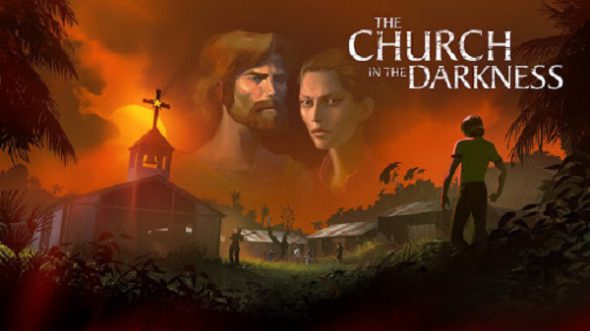
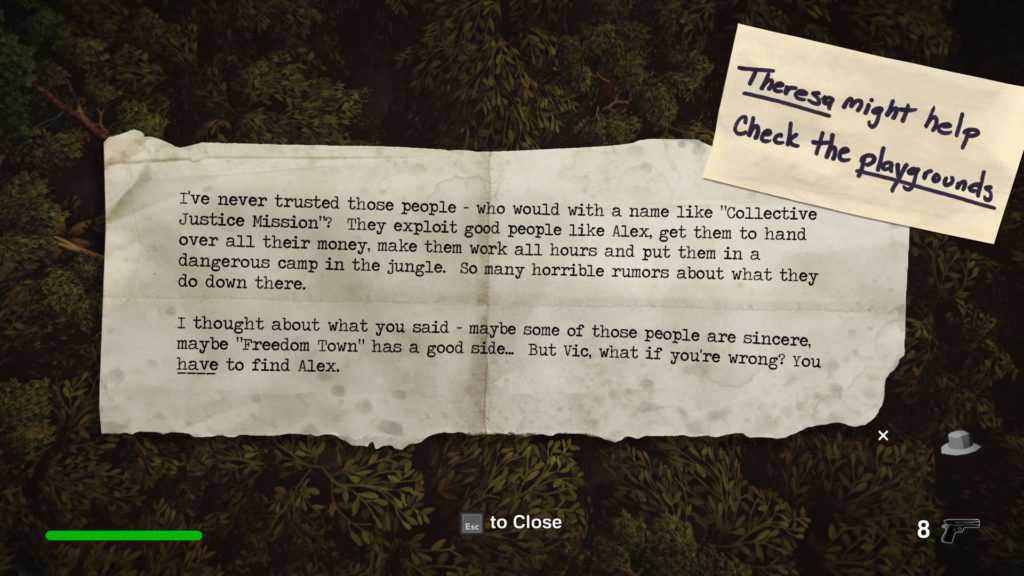
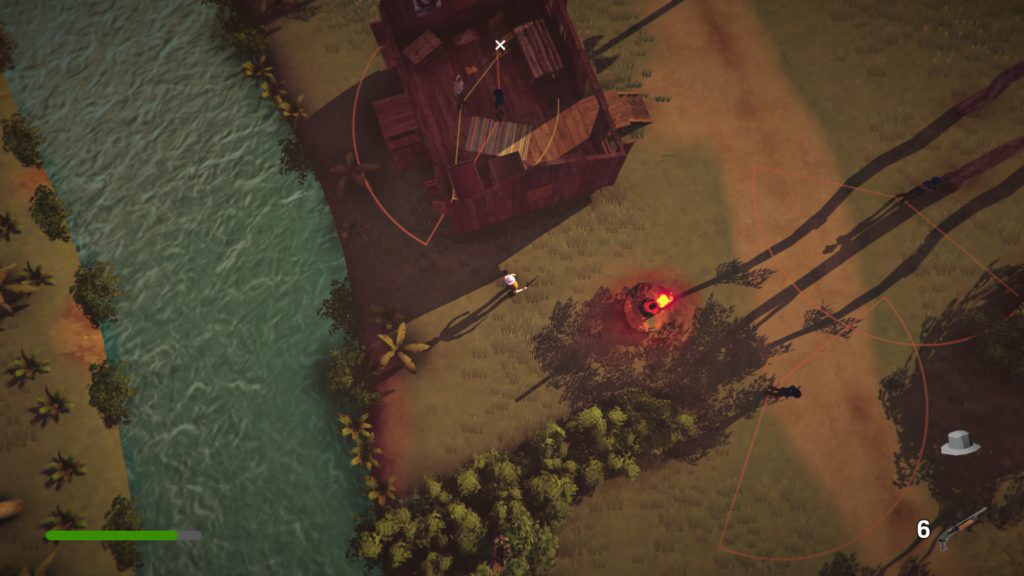
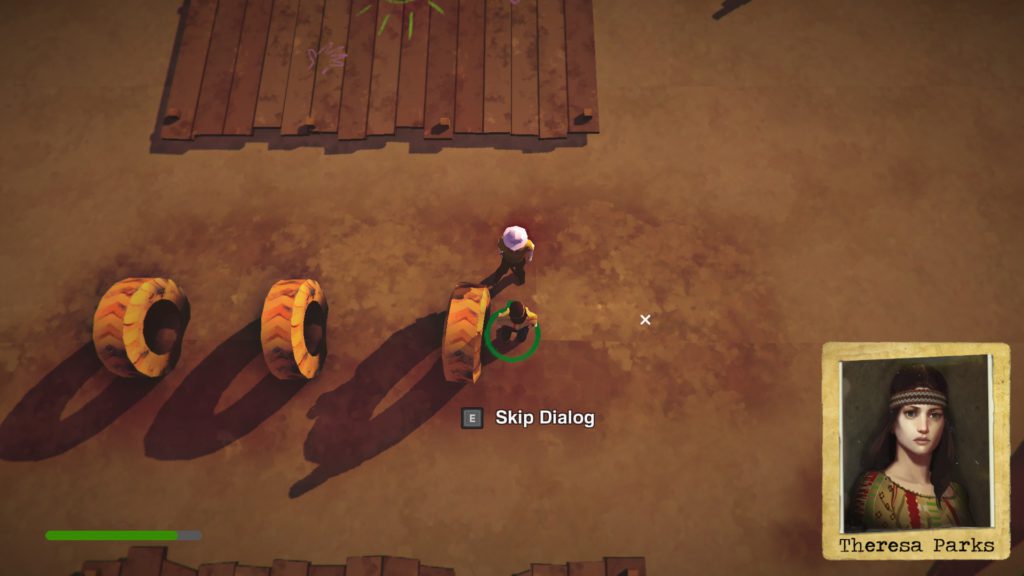
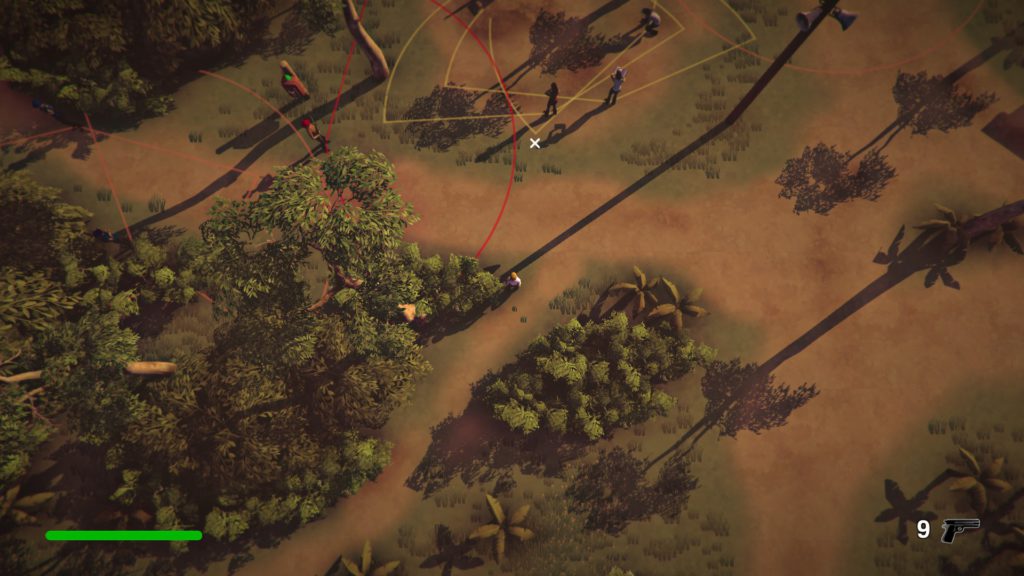




No Comments